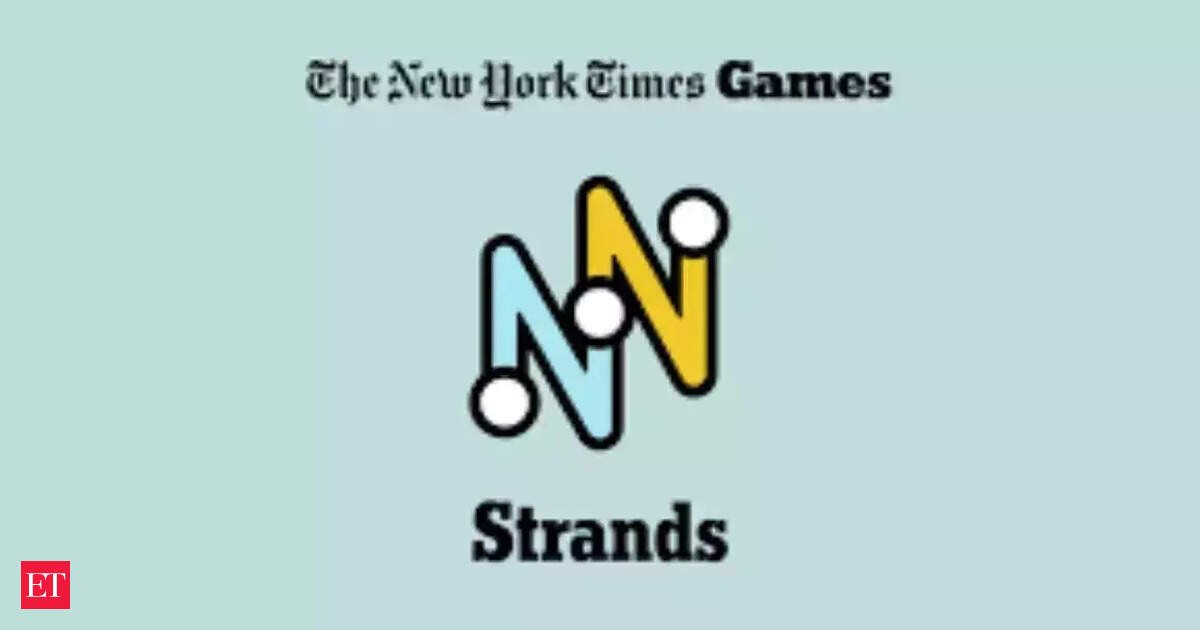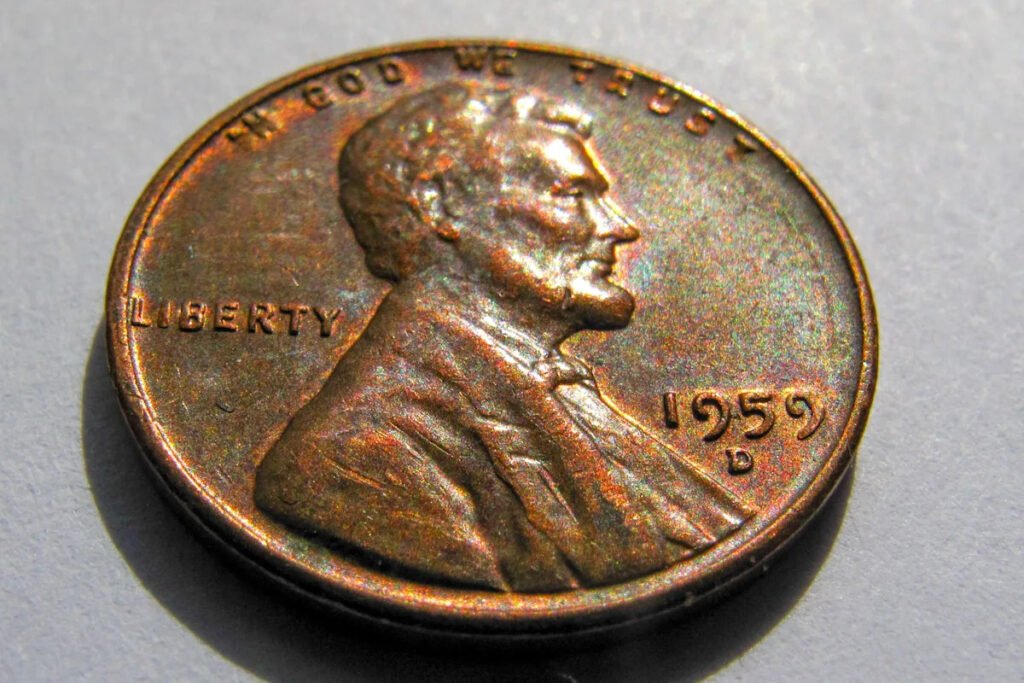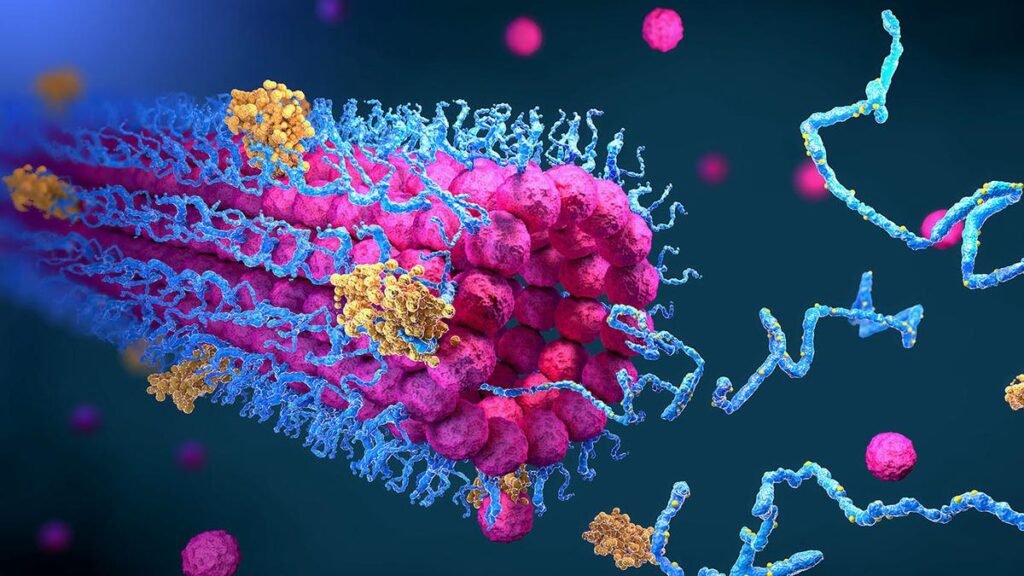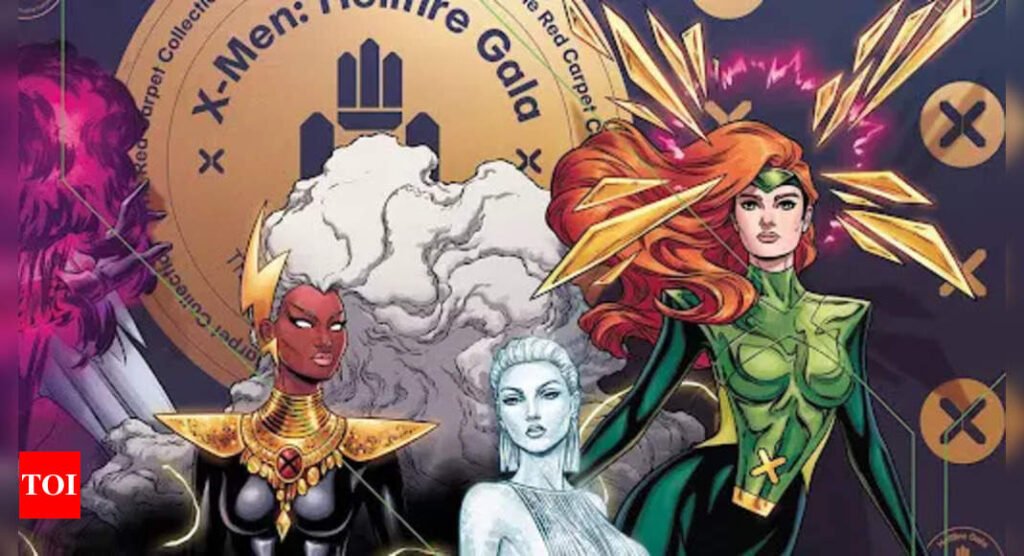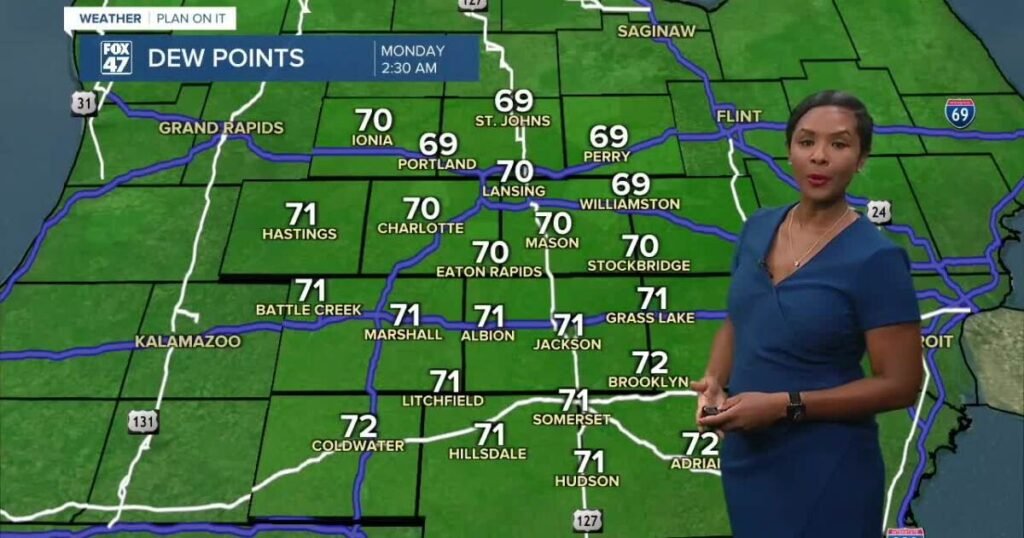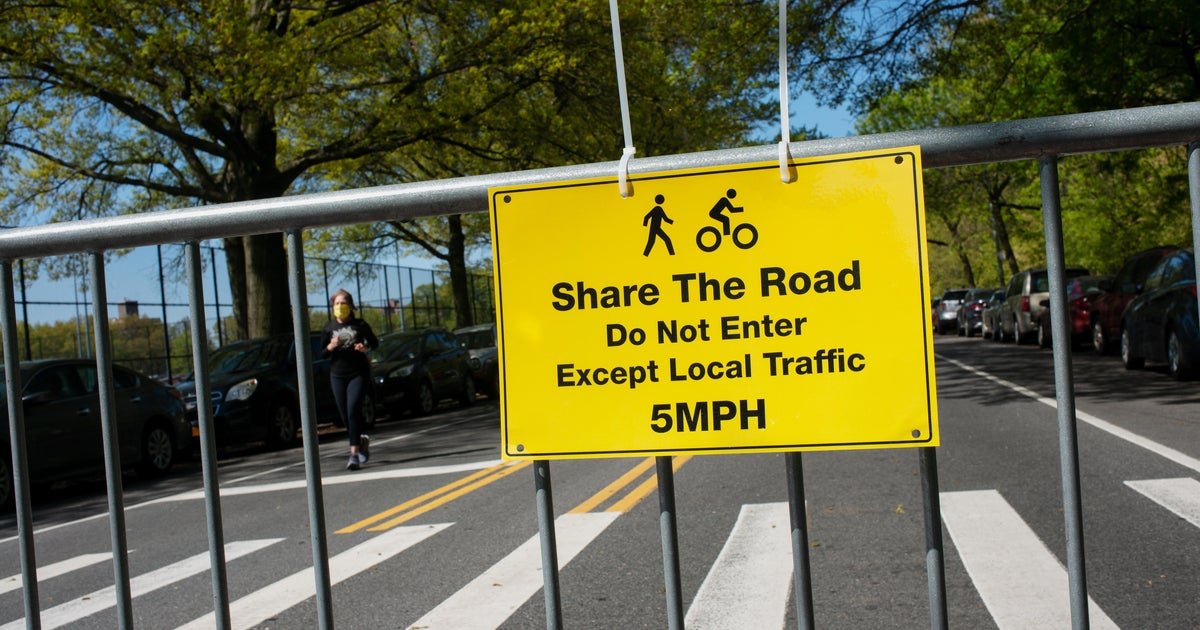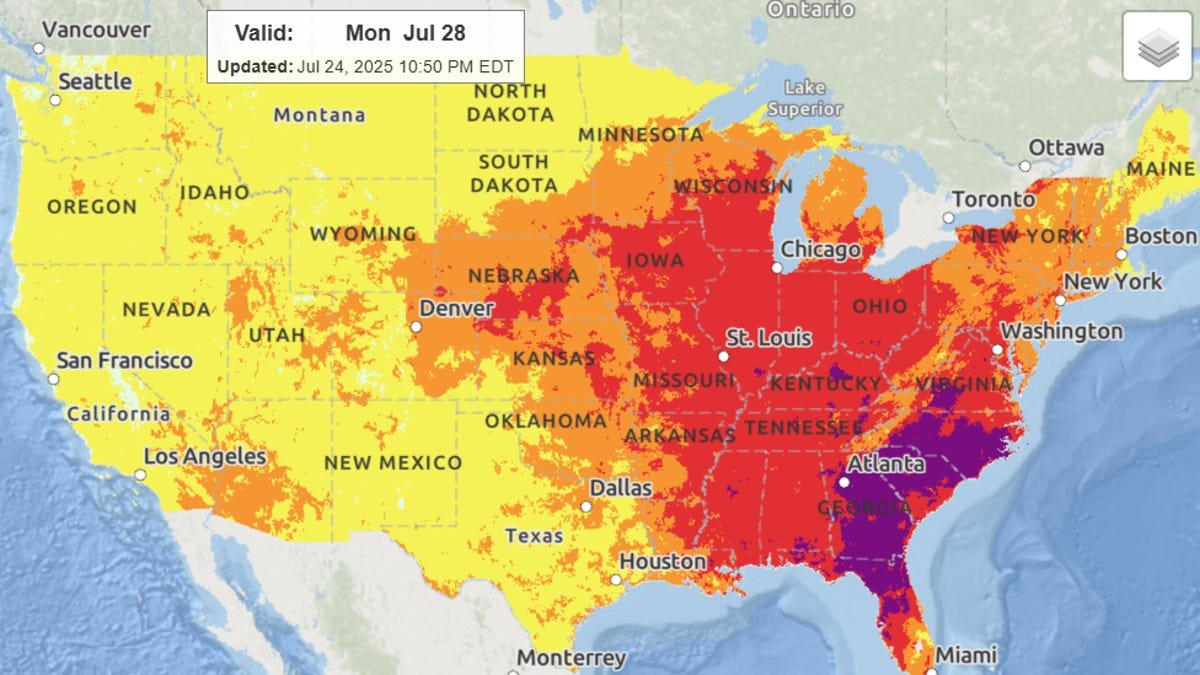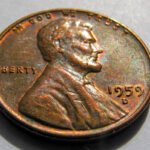NYT Strands hints, answers for July 26, Saturday are here. Today’s puzzle #510 centers around the idea of reuniting after time apart—words related to gathering, meeting up, and reconnecting after separation. NYT Strands challenges you to uncover thematically linked words hidden in a 6×8 letter grid. You can connect letters in any direction—including diagonals—but each letter may be used only once per word. As you find theme words, they turn blue on the board. Finding the spangram—the theme‑defining word or phrase that stretches across two opposite sides—turns it yellow. To earn NYT Strands hints, identify any non‑theme words (length four or more); every three such words reveals one theme‑word hint, which shows the letters of that word and, if another hint is already active, indicates the correct letter order.
NYT Strands Hints for July 26
The spangram starts with RTheme‑words begin with: A (8 letters), C (10 letters), C (7 letters), G (6 letters), M (4 letters), M (6 letters). One word starts at the top row. Two start from the left edge, one from the right edge, and two begin in the middle of the grid.
Clue‑word suggestions (non‑theme words you can find to trigger hints):
ROSE, CONS, BASES, GENIE, MOUNT, SCONE, MONTAGE, SCENT, COUNT, BLESS, MONTH, etc.
NYT Strands Spangram & Answers for July 26
- Spangram: REUNION (spans across two opposite edges of the grid)
- Theme Words:
- MEET (4 letters, starts with M)
- MUSTER (6 letters, starts with M)
- GATHER (6 letters, starts with G)
- CONVENE (7 letters, starts with C)
- ASSEMBLE (8 letters, starts with A)
- CONGREGATE (10 letters, starts with C)
These words all relate to coming together, fitting perfectly with the theme of reunions and group gathering.
Start with non‑theme words—any four‑letter or longer words can earn you hints. Words like ROSE or SCONE are great early picks.
Use hints wisely—once three non‑theme words are found, NYT reveals the letters for one theme word. If another is already active, it reveals the letter order too.
Look for letter patterns—once you know the spangram starts with R and stretches across the board, you can quickly spot REUNION, unlocking the rest.
Leverage positional cues—reconstructed theme‑word positions help narrow search zones: one at the top edge, others starting closer to the sides or middle.
Thematic recall—once you have REUNION, words like ASSEMBLE, CONVENE, and GATHER almost fall into place.
| Theme Words |
MEET, MUSTER, GATHER, CONVENE, ASSEMBLE, CONGREGATE |
| Theme Idea |
People reconvene or come together after time apart |
| Non-theme hints |
Words like ROSE, SCONE, CONS, BLESS, etc. |
| Word length & start letters |
M‑4, M‑6, G‑6, C‑7, A‑8, C‑10 |
NYT Strands #510 delivers a warm, relational theme in REUNION, with words centered on gathering and assembling. The puzzle balances challenge (through the spangram mechanics and layout) with a cohesive theme that’s satisfying once unraveled. Whether you’re a casual solver or driven by streaks, unlocking REUNION early clears the path to the remaining theme words.
FAQs
Q1. What is NYT Strands and how does it work?
A1. NYT Strands is a daily word search puzzle created by The New York Times. Unlike a traditional word search, Strands challenges players to find words related to a daily theme, hidden in a grid of letters. You can connect letters in any direction—horizontally, vertically, diagonally—and each letter can be used only once per word. The goal is to find all the theme words and the special spangram, a key word or phrase that stretches across the puzzle and ties everything together. Players can earn hints by finding non-theme words (four letters or more), making it a blend of word search, strategy, and deduction.
Q2. What is a “spangram” in NYT Strands?
A2. A spangram is the central, theme-defining word or phrase in each Strands puzzle. It always stretches from one side of the grid to the opposite side—either top to bottom, left to right, or diagonally. Identifying the spangram often makes it easier to discover the remaining theme words, as it reveals the puzzle’s unifying concept. The spangram appears in yellow when correctly selected and usually includes all or part of the puzzle’s theme title.
